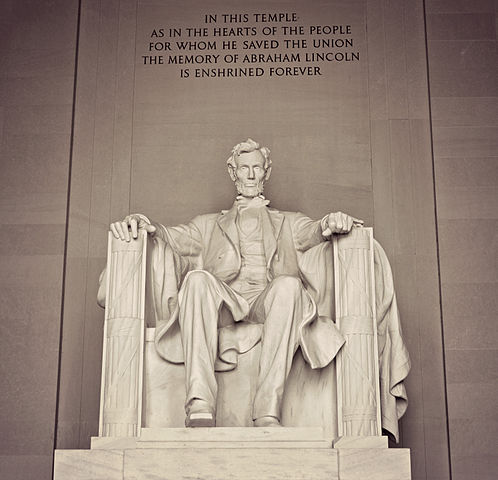Monument vs Memorial
Monuments and memorials are often confused due to their similar meanings and connotations. However, there are differences between the two terms. Both memorials and monuments have become tourist attractions in various cities worldwide. A fort or castle can be considered a monument, but not a memorial. This article will explain the differences between monuments and memorials.
What is a Monument?
A monument is a structure, statue, or building constructed to honor a notable person or a special event. Monuments are built to commemorate a significant individual or event and are often created with architectural beauty in mind. The concept of a monument is broader than that of a memorial.
Examples of monuments include the Arc de Triomphe in France, the Empire State Building, and the Washington Monument in America. The Arc de Triomphe celebrates the victory of soldiers, the Empire State Building symbolizes the booming American economy at the time, and the Washington Monument was constructed after the death of George Washington, the first president of America, to symbolize his ideals. A monument can be built to honor a person or mark a special event.
What is a Memorial?
A memorial is a structure built to remember a person who has died. In the past, memorials were often built as tombs for dead kings or monarchs. Today, memorials can also be shrines or gravestones. For example, a memorial built for soldiers who died during a major war would be constructed to celebrate the uniqueness and value of those individuals and keep their memories alive.
Although memorials may have architectural importance, they do not place as much emphasis on architectural details as monuments do. The primary purpose of a memorial is to extol the service rendered by people from various walks of life, such as soldiers, politicians, presidents, and other eminent individuals. Memorials are often associated with death and destruction.
Examples of memorials include the World Trade Center Memorial, Martin Luther King Jr. Memorial, and Lincoln Memorial. These structures were built in remembrance of people who died in significant events or made lasting contributions to society.
What is the difference between Monument and Memorial?
• Definitions of Monument and Memorial:
• A monument is a structure, statue, or building built to honor a notable person or a special event.
• A memorial is a structure or statue built to remember a deceased person or a group of people who died in an important past event.
• Objective/Purpose:
• The objective of a monument is to pay tribute or honor a person for their deeds or to mark an impression about an important event.
• The objective of a memorial is to continue remembering someone even after death.
• Architectural Importance:
• Monuments carry significant architectural value, as they can come in the form of buildings.
• Memorials do not carry as much architectural value as monuments.
• Examples:
• Examples of monuments include the Arc de Triomphe in France, the Empire State Building, and the Washington Monument in America.
• Examples of memorials include the World Trade Center Memorial, Martin Luther King Jr. Memorial, and Lincoln Memorial.
Both memorials and monuments may be built in memory of individuals. While a monument may be built to remember a single individual, a memorial can be built in memory of several individuals. In the past, great architects were employed to construct memorials and monuments and were honored upon completion.
